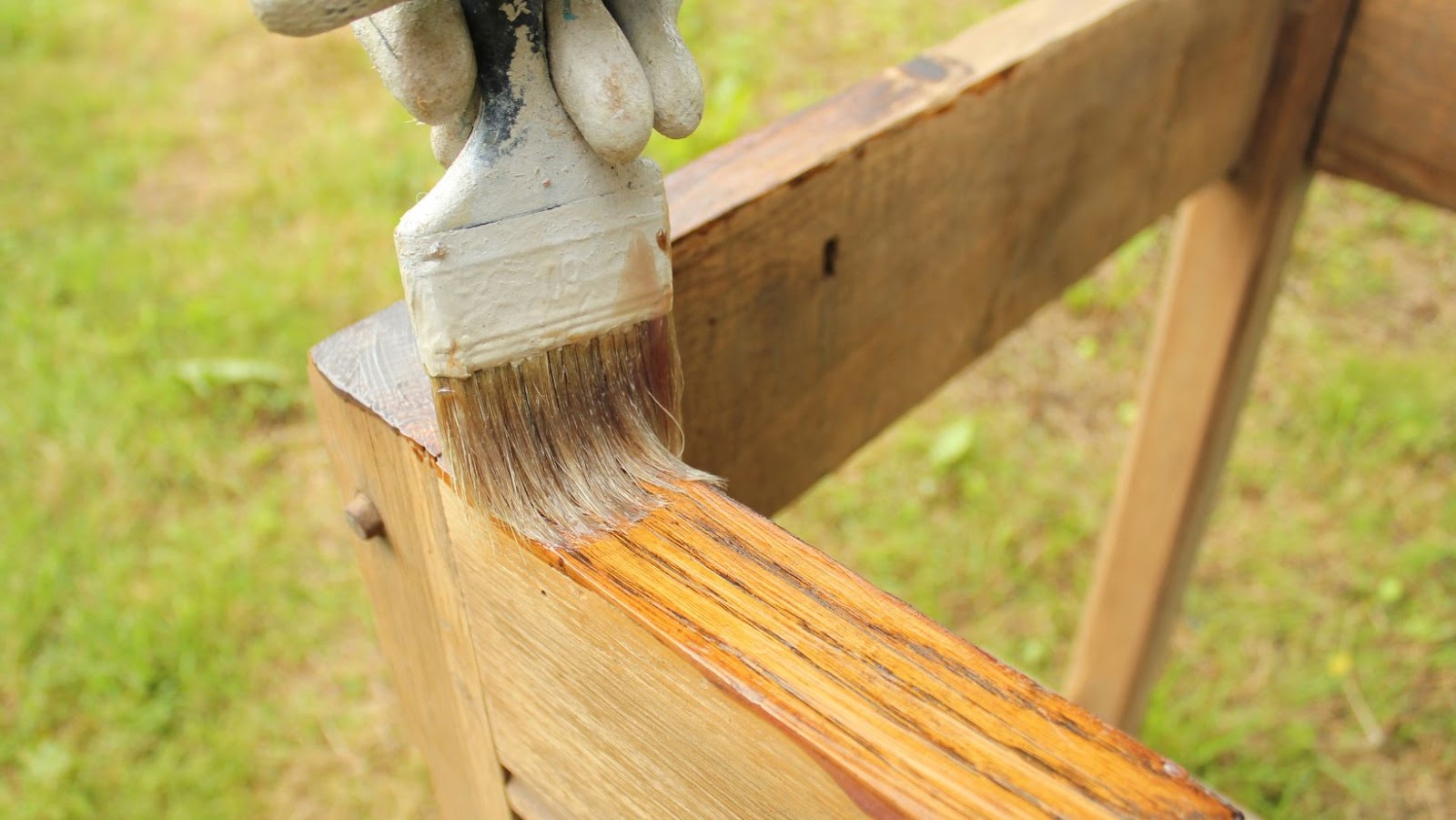
Amish furniture is well renowned for its durability and easy maintenance. Being solid wood, there are concerns faced by such wood, but with care, it can last for centuries. That is, of course, as long as it doesn’t face the dings and damage accrued from children. They don’t mean it, usually, but kids cause damage to stuff. It’s part of growing up, and adults break things too. If you have Amish furniture and kids are a part of your life, knowing how to keep both intact is helpful.
Protect and Prevent Stains
Spills happen, especially when kids are involved. Protecting against stains on upholstery with products like Scotchguard will help a lot to prevent such accidents leading to long-term remains. Similar products exist for wood as well, though make sure to read the directions and ingredients carefully. Since Amish furniture is solid wood with no veneers and sometimes no stains, sprays might damage the surface. Prevention goes a long way, but make sure to have cleaners handy for when stains occur, just in case. Sprays for fabric should be meant to handle the sorts of tough stains kids can make. For hard surfaces, wipes are often better for spills and the like but make sure to carefully read the labels. You don’t want to accidentally damage the surface while trying to clean, after all.
Cover the Wood
As nice as solid wood looks, leaving it exposed when kids are around might cause problems. Besides the risks of stains and spills, there is also the simple fact that kids are less coordinated than adults and tend to bump into stuff. Solid wood can hurt, especially a big piece like Amish media units. A full-on furniture cover might be a bit extreme. There are other options, and looking into them can not only help prevent childhood injuries but also protect the furniture from dings, dents, and pets.
Setting Boundaries can Help
Some folks might remember visiting older relatives and not being allowed in certain rooms, usually a very nice-looking living room with fragile and expensive-looking stuff. The same might be needed in your home. Children need to learn boundaries, as do pets, and letting them know, gently yet firmly, that certain rooms are out of bounds will not only help their growth but protect furniture.

For younger kids, where this isn’t as feasible, locked doors are also an option. Physical barriers can certainly work in the short term if the kids are just visiting. For the long term, you might have to think, well, long term.
Storage
Childproofing a home sometimes means putting fragile and important items away in storage where the kids can’t reach them. Whether that means an actual storage room or just putting stuff in the attic, sometimes the best way to protect kids and furniture is to remove the furniture from the equation. Eventually, the kids will be old enough that the pieces can be brought back. Children require long-term planning, and that applies to the world in which they live as much as their own lives.
Prevent tip-overs
This can be a major danger for kids because they often love to climb. To prevent such a disaster, furniture should be wide and sure-footed. Shelves and other tall pieces should be against walls, and it may be necessary to anchor them temporarily or lean them against a wall to prevent tipping. Of course, children should be monitored and restricted if necessary to prevent climbing. Sites like https://www.amishfurniturefactory.com/ provide a wide array of furniture options, so you can find the perfect pieces for your home that won’t endanger children or pets.
Get Low to Properly Assess Dangers.
To fully comprehend the sorts of risks children and your furniture might face, it helps to get down to their level. From a lower height, apparent dangers like low-shelved trinkets, protruding furniture legs, and the like become more apparent. With such concerns now easier to see, they can be better prepared to prevent risks. It’s also helpful to consider the mind of the child involved. Climbers need to be planned for, as discussed previously, while kids attracted to shiny objects need to be taught not to reach for high items.
Having nice pieces like Amish furniture with kids in the home is possible. It just takes planning, preparation, and prevention. Boundaries should be set to prevent damage in certain rooms, the pieces themselves should be protected from stains and spills, and unsafe pieces need to be secured. Sometimes, the furniture might need to be put away for a while, and that’s okay because the children’s safety comes first. Kids urt themselves all the time, and while part of growing up, there’s no reason not to do your part to minimize the risks and dangers of childhood.























